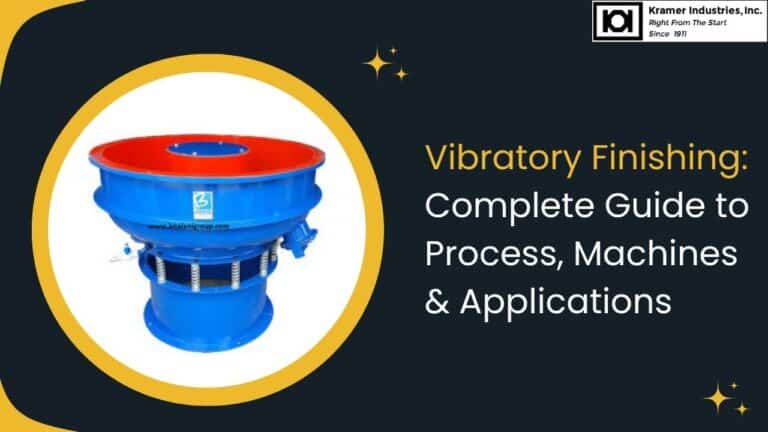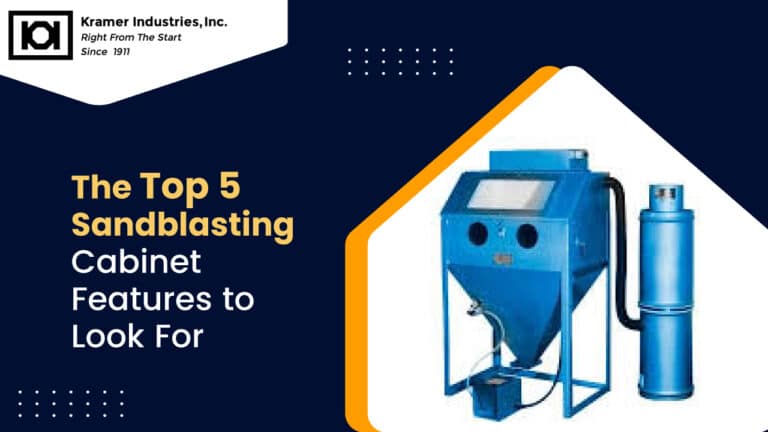The phrase “abrasive media” usually brings to mind abrasives that are hard and man-made, like steel shot, silicon carbide, and aluminum oxide. These materials are strong, fast, and quite aggressive. But sometimes, strength is not exactly what the surface needs. Some surfaces are soft, quite delicate, and can easily get hurt. For these, walnut shell blasting is often the best choice. It is soft, light, and works well, yet gentle.
Before walnut shell blasting came along, metal finishers had fewer choices. Often, coatings had to be stripped down to bare metal. Undercoatings and topcoats were replaced completely. This was slow, very expensive, and sometimes not really needed. It changed all that. It offered a softer, smarter way to prepare surfaces while keeping the layers underneath safe.
The Science of Walnut Shell Blasting
Walnut shells are light and angular. Unlike flat or round abrasives, their shape lets them remove topcoats while leaving undercoatings intact. This works quite well in dry air blasting. The shells act like tiny chisels and remove just enough without harming what should stay.
The softness of walnut shells also makes them good for surfaces that can get damaged easily. Plastics, wood, fiberglass, aluminum, and composite materials work quite well with this method. They get well cleaned, deburred, or stripped without any scratches or dents. Compared to steel shot or grit, walnut shell blasting often saves surfaces from damage.
Various Applications of Walnut Shell Blasting
The uses of it are quite wide. Castings and moldings can be stripped and cleaned. Polymers and die castings get deburred just right. Vehicles, boats, bridges, and metal structures can be maintained without worry. Steam turbines and aircraft engines are also cleaned carefully with this method. Even grinding wheels and ceramics can get more porosity for burn-out applications. Walnut shells often protect delicate electronic parts from flashes.
Tumble blasting, wheel blasting, and air blasting work well with walnut shell media. Each method changes speed, coverage, and intensity to fit the surface. This makes walnut shell blasting quite a favorite for industries that want care and precision.
How Walnut Shell Blasting Enhances Coating Adhesion
Surface adhesion is very important. Paint, varnish, and coatings fail if the surface is not ready. Adhesion starts with tiny scratches that are enough to roughen the surface slightly. It does this quite nicely. Its angular shape gives the surface texture. Not too rough, not too smooth, but just right for coatings to stick.
Traditional abrasives are faster, but often take too much or leave uneven marks. This can reduce adhesion. Walnut shell, on the other hand, makes an even and controlled surface. Coatings applied afterward stick much better. The result is longer-lasting coatings and less repair work.
Specific Advantages of Walnut Shell Blasting
- Gentle on Surfaces: Soft enough to protect undercoatings but removes top layers.
- Angular Design: Helps remove unwanted layers while keeping what’s needed.
- Lightweight: Easy to handle. Less wear on equipment.
- Works on Many Materials: Metals, plastics, wood, fiberglass, composites.
- Fits Different Methods: Tumble, wheel, and air blasting all work well.
Industries with complex or sensitive parts often choose walnut shell blasting. It saves much time, reduces costs, and prevents damage.
Maintenance and Cleaning
Maintenance is important. Vehicles, boats, bridges, and machinery get dirty or coated over time. It cleans surfaces well without scratches. Even sensitive machinery like aircraft engines benefits from this abrasive.
The method can also make parts last longer. Instead of harsh chemicals or heavy stripping, It prepares surfaces for new coatings or protective layers. It ensures adhesion, smoothness, and longer life.
Industrial Applications
Industries that need care, like electronics or aerospace, often use walnut shell blasting for sensitive parts. High-value items need surface prep without risk. Walnut shells are gentle but effective.
They also increase surface porosity when needed. Grinding wheels, ceramics, and other surfaces can get tiny textures for burn-out applications or coatings. In short, it is soft, effective, and flexible.
Why Finishers Prefer Walnut Shell Blasting
Before walnut shells, finishers had fewer choices. Stripping to bare metal was slow and costly. It needed lots of work and extra materials. It reduces this need. It saves money and time, and keeps the surface safe.
The shells are light, so the equipment wears less. Their shape reaches small corners and edges. They remove debris from places other media cannot, and because they are soft, surfaces are rarely damaged.
Industries from automotive to aerospace, electronics to marine, and machinery to decorative composites often rely on walnut shell blasting.
Conclusion
It improves surface adhesion for coatings by giving surfaces a controlled, textured finish without hurting delicate parts. It works on many materials, fits different blasting methods, and suits lots of industries. Soft, light, and angular, walnut shells do what aggressive abrasives cannot. From better coating adhesion to fewer replacements, this method is smart, reliable, and often the best choice.
Using it in surface prep means better adhesion, longer-lasting coatings, and big savings in time and cost. Gentle but effective, it is perfect for modern industrial needs.
See how it can change your surface finishing. Partner with Kramer Industries for smart blasting solutions that protect surfaces and improve coating adhesion.




